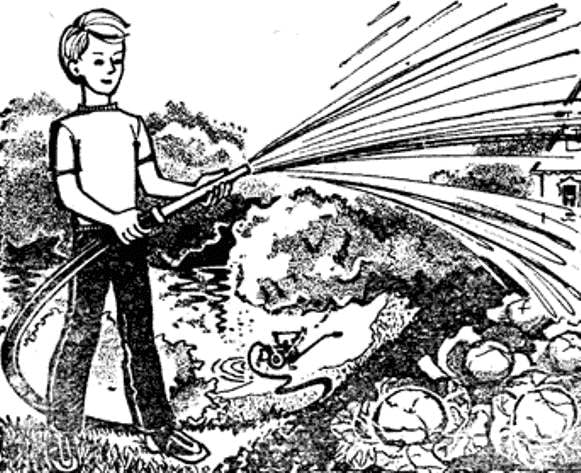 Widespread in everyday life got electric pumps “Kama”, “Trickle” and others. They are quite efficient, reliable and unpretentious in operation, but are used as stationary units only where there is a nearby mains. However, if you replace the electric light internal combustion engine, the capability of the pump will significantly increase. Through the acquisition of autonomy it can be used to water a distant garden, to pump water from the flooded to the flooding of cellars, to wash the car.
Widespread in everyday life got electric pumps “Kama”, “Trickle” and others. They are quite efficient, reliable and unpretentious in operation, but are used as stationary units only where there is a nearby mains. However, if you replace the electric light internal combustion engine, the capability of the pump will significantly increase. Through the acquisition of autonomy it can be used to water a distant garden, to pump water from the flooded to the flooding of cellars, to wash the car.
In benzarone, we offer used outboard bike motor D-6 and the centrifugal pump from “Kama”.
Bracket-engine serves as a frame road bike. Her rear fork is shortened up to 100 mm. In the hub frame to the seat carriage is installed a section of steel pipe so that its ends were on both sides of 30 mm. To the base of the unit (duralumin sheet thickness of 5 mm, the size of 250X300 mm) frame mounted a pair of screw clamps for this tube and steel plate with two bolts for a shorter rear fork. In the same way as on a Bicycle, on the frame are mounted the engine and fuel tank. Because time of continuous operation, usually small, its volume can be only 1.5-2 l, so will fit a normal tin of paint.

